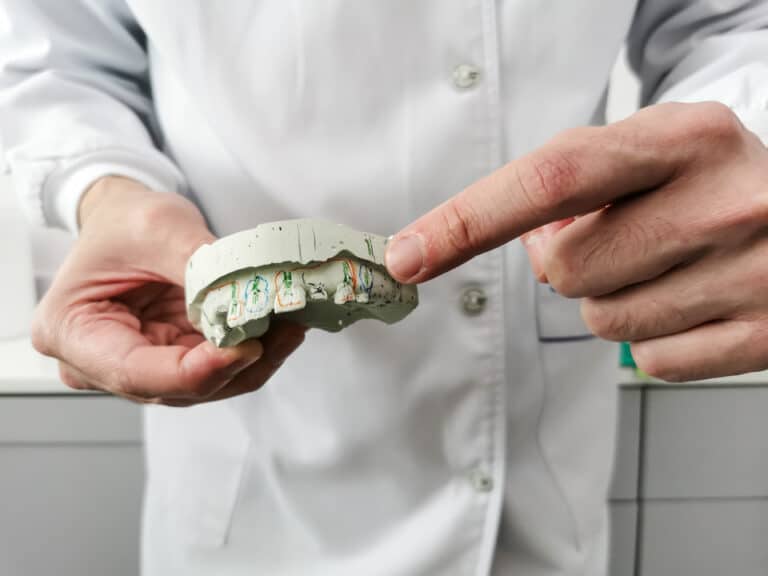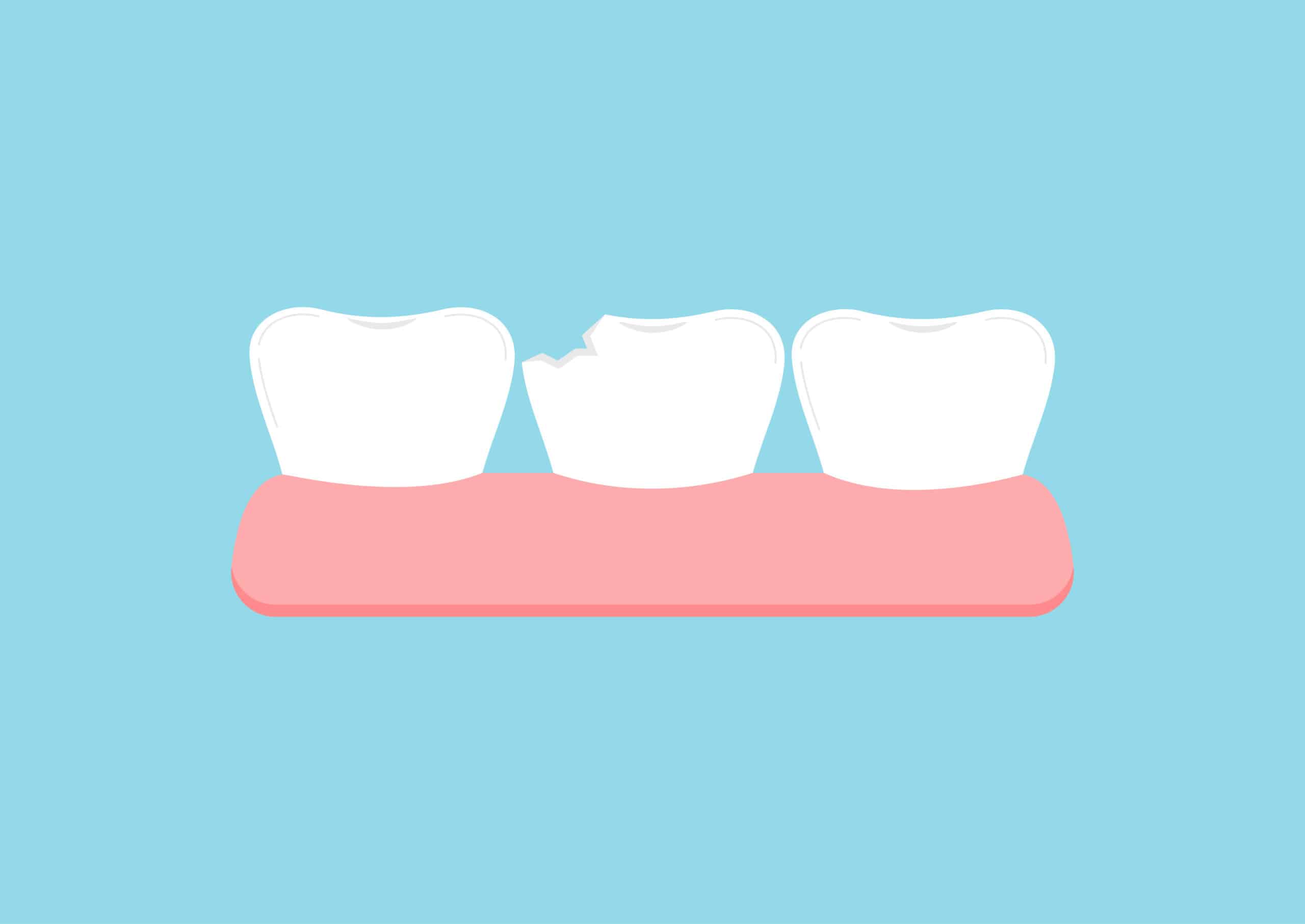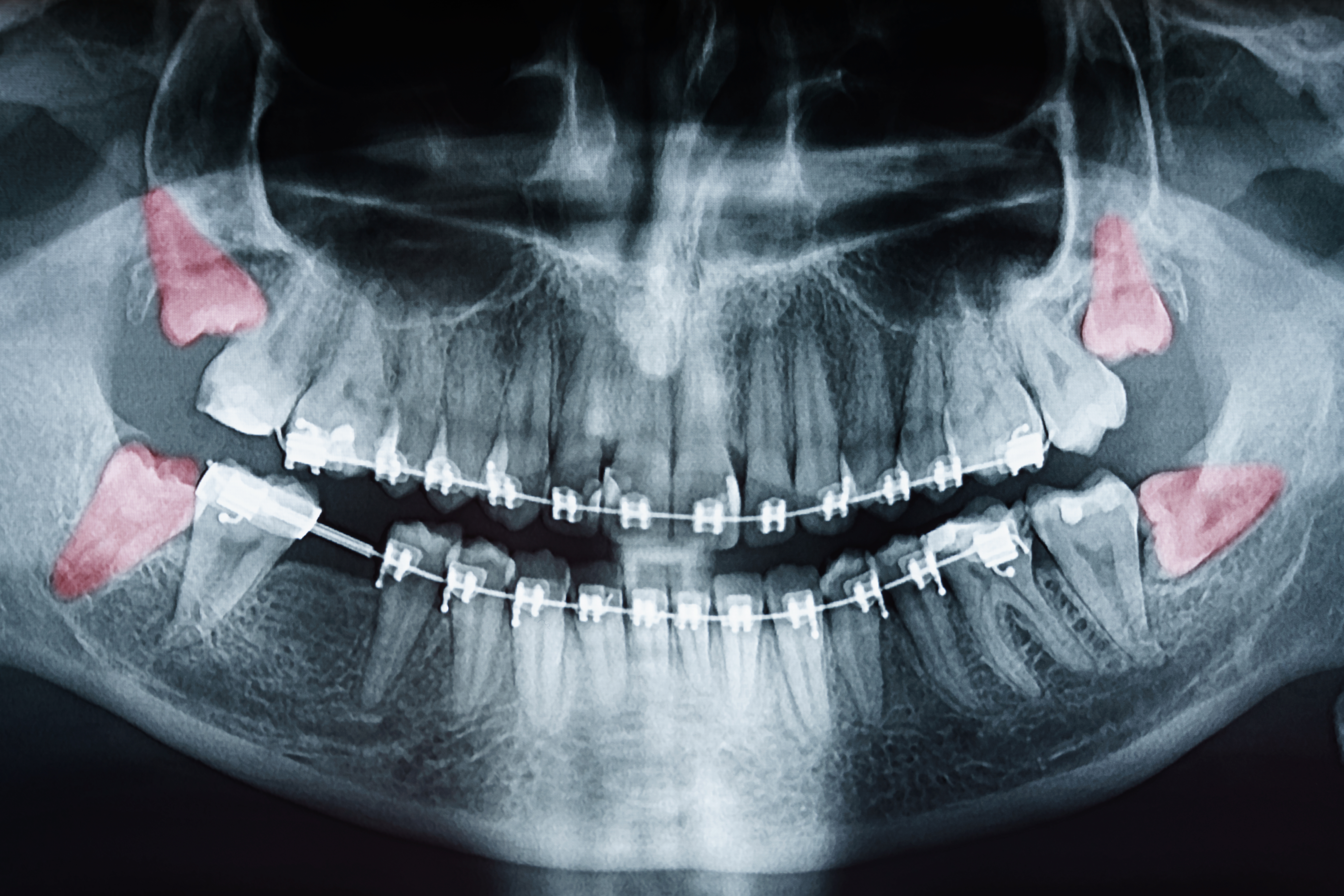Anyone can chip a tooth. A child can fall on pavement or a teen can have a sports accident. An adult can eat something hard and chip a tooth. Chipped teeth happen but you don’t have to live with it. In fact, it’s best for the overall health of your mouth if you get a chipped tooth fixed.
What should one do about a chipped tooth? There are various procedures to fix a chipped tooth but the most common is bonding. Bonding will repair your tooth and make the chip unnoticeable as it looks like your natural tooth.

Why Teeth Chip
Teeth are pretty durable, depending on genetics and your ongoing dental care. They are covered in a hard surface called dentin and which is covered by enamel that protects teeth.
Teeth are the most mineralized part of your body but they have limits. Teeth that have decay are more vulnerable to chipping, cracking, and breaking. Fortunately, dentists like those at our office can easily fix chipped and broken teeth.
What to Do If You Chip a Tooth
You will need to do some self-care measures if you chip a tooth. Pain can be managed by taking an over-the-counter pain reliever. You should also rinse your mouth regularly with salt water.
Sometimes, chipped teeth have a jagged or sharp edge that can cut your tongue or feel uncomfortable. Cover it with a piece of paraffin wax or even sugarless chewing gum. Eat soft foods and avoid chewing with the broken tooth.
Make an appointment to see your dentist quickly. You don’t want your tooth to sustain further damage or get infected. The type of procedure your dentist uses to repair your tooth depends on the amount of damage.
Choices for Chipped Tooth Repair
The two common ways to repair a chipped tooth are with either a filling or bonding. A filling may be used if the chip is minor, like a small piece of enamel, or is in the back of the mouth. A chip on a front tooth will probably be fixed using a bonding method.
Bonding involved attaching resin that is tooth-colored so it looks just like your natural tooth. It’s a procedure that’s so simple it may not require any numbing.
The Bonding Process
A dentist will start the repair process by roughening the tooth’s surface with a gel or liquid. The tooth needs to have an etched surface for the bonding material to adhere to it. The dentist will then apply an adhesive to the tooth so the resin will stick.
The resin is applied and the dentist will then shape the bonding material so it looks like your natural tooth. Finally, ultraviolet light will be placed near your mouth to harden the material.
How Long Will A Bond Last
Most expectations are that bonding will last around 10 years with proper care. However, some have lasted much longer. There are even a few cases where bonding lasts a lifetime but it depends on the patient, their oral health routine, and the damage done to the tooth.
Using Caps or Crowns
A dentist may decide a cap or crown is the best option if a large piece of the tooth is missing or if there is a lot of decay. They will do this by filing part of the tooth and covering it with either the cap or crown to protect the tooth. This will improve appearance as caps and crowns can be made of material that looks natural.
Materials used for caps and crowns include resin, porcelain, or ceramic. Metal caps and crows, like gold or amalgam, are the most durable but are highly visible. Dentists tend to want to use those materials on the back teeth where most chewing occurs and they are less noticeable.
Veneers
Dental veneers are another option to fix a chipped or broken tooth. This is one way to make the tooth look complete and healthy and a veneer can be used on the front teeth.
Veneers are porcelain or resin materials that are tooth-colored to match your natural teeth. They are a thin shell that covers the whole front part of the tooth, kind of like a false fingernail covers a real nail. The section covering the broken part of the tooth is thicker so it’s durable.
The procedure to install a veneer is much the same as the bonding procedure. Instead of roughening the tooth’s surface, the dentist will remove a little bit of enamel. This is to create enough room for the veneer. Then, the dentist will make a tooth impression to create the veneer.
It takes up to two weeks to get the veneer. The dentist will then roughen the tooth’s surface with a liquid before applying a special cement to the veneer. The veneer is then installed. A light is placed on your tooth to quickly harden it.
Veneers are liked by older people because it makes their teeth straight, perfect, and white. Many get veneers on multiple teeth to better their tooth function when their teeth grow weaker and start breaking or wearing down.
Veneers can be a good solution when a bond fails or on troublesome teeth as they are highly durable. Veneers can last from 10 to 30 years so it’s a good long-term solution.
Conclusion
The procedure your dentist recommends depends on the severity of the tooth, its placement, and your overall oral health. Consult a dentist today to repair your chipped or broken tooth.




